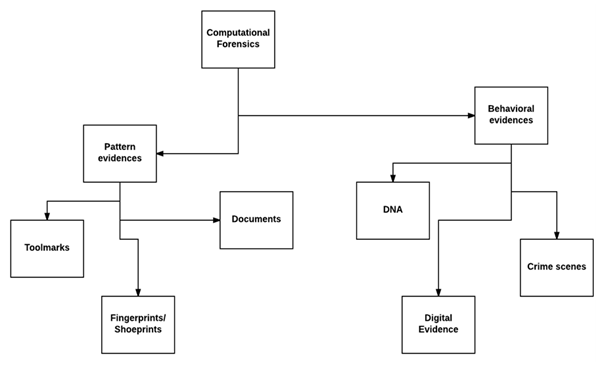
Download our e-book of Introduction To Python
Related Blog
Matplotlib - Subplot2grid() FunctionDiscuss Microsoft Cognitive ToolkitMatplotlib - Working with ImagesMatplotlib - PyLab moduleMatplotlib - Working With TextMatplotlib - Setting Ticks and Tick LabelsCNTK - Creating First Neural NetworkMatplotlib - MultiplotsMatplotlib - Quiver PlotPython - Chunks and Chinks View More
Top Discussion
How can I write Python code to change a date string from "mm/dd/yy hh: mm" format to "YYYY-MM-DD HH: mm" format? Which sorting technique is used by sort() and sorted() functions of python? How to use Enum in python? Can you please help me with this error? I was just selecting some random columns from the diabetes dataset of sklearn. Decision tree is a classification algo...How can it be applied to load diabetes dataset which has DV continuous Objects in Python are mutable or immutable? How can unclassified data in a dataset be effectively managed when utilizing a decision tree-based classification model in Python? How to leave/exit/deactivate a Python virtualenvironment Join Discussion
Top Courses
Webinars
Introduction of Forensics in Python

Jigisha Sata
2 years ago

Table of Contents
- Introduction
- What is Computational Forensic?
- Computational forensics implementation algorithms and methods
Introduction
Python
is a general-purpose and easy to understand and implement a programming
language. It can be easily understood by both professional developers as well
as new programmers. Python is equipped with many useful libraries that can be
used with different stack framework. Python has wide applications. It also
finds good use in digital forensics. Python helps us extract evidence, gather
data, and also encrypt passwords. It also helps us preserve the integrity of evidence.
Many
laboratories use python to build the basic models for predictions and to run
experiments and have faith in python.
Here,
we will try to go through the fundamental concepts of applying Python in
digital or computation forensics.
What is Computational Forensic?
Computational Forensics (CF) is an emerging research domain. It
helps to solve the investigation of forensic problems using computational
methods. The main aim of Computational Forensics is the discovery and the
advancement of forensic knowledge. It involves modelling, computer simulation,
computer-based analysis and recognition in studying and solving forensic
problems.
It is also referred to as digital forensics or forensic
information technology which is one specific discipline that could use
computational science to study digital evidence. it examines diverse types of
evidence.
CF deals with a broad range of subjects which has objects,
substances, and processes investigated, mainly based on pattern evidence, such
as tool marks, fingerprints, shoeprints, documents etc., and also include
physiological and behavioral patterns, DNA, and digital evidence at crime
scenes.
The
below diagram shows the broad aspects of subjects covered under Computational
Forensics.

Computational
forensics is implemented with the help of different algorithms. Some of the
algorithms and methods came from several areas of pattern
recognition and machine intelligence are as follows:
- Signal processing / Image processing
- Computer vision
- Computer graphics
- Pattern recognition
- Data mining
- Robotics
- Machine learning
- Statistical Methods
It
involves diverse digital methods. To ease all the digital methods in forensics
is to use
a
general-purpose programming language like Python.
This article is basically a simple introduction to Computational forensics.
Later we will see it in more details.
I hope you enjoyed reading this article and finally, you came
to know about the Introduction of Forensics in Python.
For more such blogs/courses on data science, machine
learning, artificial intelligence and emerging new technologies do visit us at InsideAIML.
Thanks for reading…
Happy Learning…
